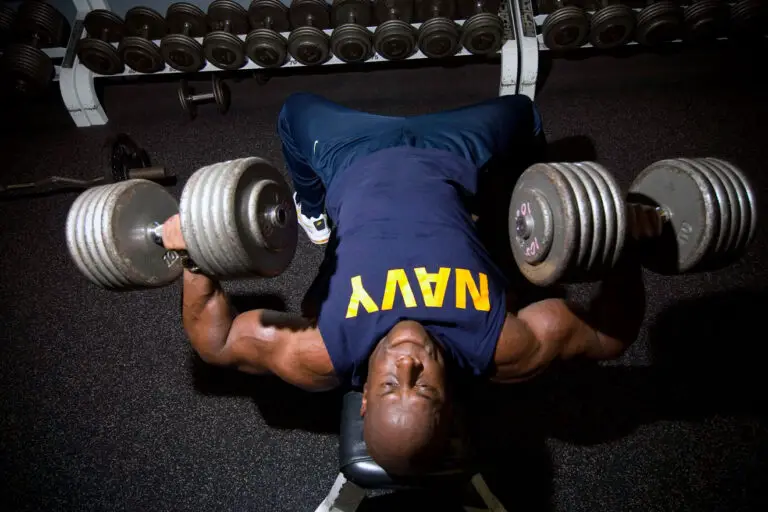How muscles grow
What is neuromuscular adaptation?
In How muscles work, you were introduced to motor units. When you first start weight training, the nerve pathways that serve your motor units undergo changes to become more efficient, thus improving your ability to recruit muscle fibers. This is known as neuromuscular adaptation and is responsible for most of the gains in strength that you experience during the first six to eight weeks of training. The gains in strength start to occur within just days and are due solely to this process of your body ‘learning’ to use your existing muscles more efficiently. Only then does your body invest in building extra muscle.
What is hypertrophy?
As long as you stick to an effective training program, your muscles will start to grow after the initial neuromuscular adaptation phase (six to eight weeks). The scientific name for the increase in size of your muscles is hypertrophy. Hypertrophy occurs due to an increase in the diameter of your muscle fibers; it does not occur due to an increase in the number of your muscle fibers.
Since Type IIa and Type IIb muscle fibers (which were introduced in Muscle structure) increase in size more readily and at a faster rate than Type I fibers do, the increase in muscle mass and strength is mainly due to the increase in size of Type II fibers. And since Type II fibers are recruited only when you lift personally heavy weights, if you want to build muscle or curves, you have to lift personally heavy weights.
How does hypertrophy occur?
When you train, the filaments of actin and myosin that control muscle-fiber contraction (explained in How muscles work) sustain microdamage. Damage also occurs to connective tissues. It’s this microdamage that causes post-workout pain and soreness.
While you rest, the connective tissues and contractile filaments are repaired with new proteins. Extra filaments are added to prevent future damage, which increases the diameter of the muscle fibers and therefore increases the diameter and strength of the muscle. The increase in muscle fiber diameter is accompanied by an increase in other cellular properties, such as sarcoplasm.
Sarcoplasm is the cytoplasm of the muscle fiber — that is, the gel-like substance within the muscle fiber, along with its organelles. It differs from the cytoplasm of other types of body cell by containing unusually large amounts of myoglobin and glycogen granules (glycosomes). Myoglobin is a protein that carries oxygen, and glycosomes are the muscle fiber’s primary source of energy. The increase in the amount of sarcoplasm therefore makes sense: Larger muscle fibers need more oxygen and energy.
Sarcoplasmic hypertrophy vs myofibrillar hypertrophy
Hypertrophy is often divided into two types:
- Sarcoplasmic
- Myofibrillar
Myofibrillar hypertrophy refers specifically to an increase in the number and diameter of myofibrils, which occurs due to the increase in the size and number of contractile filaments. Sarcoplasmic hypertrophy, on the other hand, refers specifically to an increase in the volume of sarcoplasm.
Due to the increase in size and number of contractile filaments, myofibrillar hypertrophy is accompanied by an increase in strength and a small increase in muscular size, whereas sarcoplasmic hypertrophy is accompanied by an increase in size and a small increase in strength.
These two types of hypertrophy do not occur completely independently of one another: Depending on how you train, you can experience either a large increase in sarcoplasm with a small increase in contractile filaments, a large increase in contractile filaments with a small increase in sarcoplasm, or a relatively balanced increase in both. Sarcoplasmic hypertrophy is more dominant in the muscles of bodybuilders, who train for muscle size, whereas myofibrillar hypertrophy is more dominant in the muscles of powerlifters and Olympic weightlifters, who train for strength and power.
Different types of training affect how muscles grow. You will learn how to train for each type of hypertrophy and thus either develop muscular size, strength, or both in How many sets and reps should you do?







